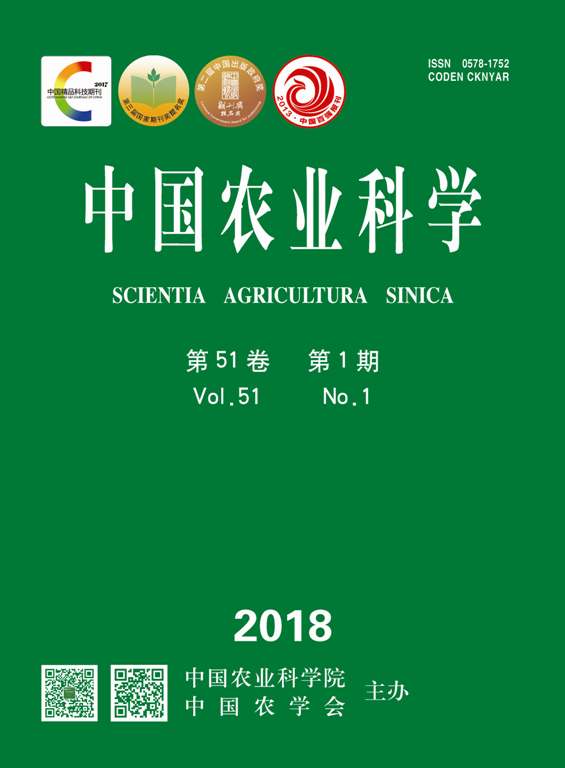-
The Present Situation and Prospects of Cotton Industry Development in China
- LU XiuRu, JIA XiaoYue, NIU JiaHui
-
Scientia Agricultura Sinica. 2018, 51(1):
26-36.
doi:10.3864/j.issn.0578-1752.2018.01.003
-
 Abstract
(
1460 )
Abstract
(
1460 )
 HTML
(
50 )
HTML
(
50 )
 PDF (435KB)
(
1802
)
PDF (435KB)
(
1802
)
 Save
Save
-
References |
Related Articles |
Metrics
Cotton is the longest chain of field commercial crops of China’s planting industry, which the commodity rate is as high as more than 95%, but still exists many shortcomings of the cotton industry which require further attention from cotton enterprises, cotton farmers, scientific and technical personnel, and scholars, such as independent seed industry, brand cultivation, cleaner production, unified management and pest control, dependence on foreign trade, industrial security and economies of scale, industrial organization and other factors that influence China's cotton industry competitiveness and sustainable development. The major production areas of cotton in China are Xinjiang, the Yellow River basin and the Yangtze river basin, for example, Xinjiang cotton production accounts for 67% of the national output and has formed scale and mechanization planting, but the Yangtze river basin and the Yellow River basin still practice the small scale economy, not full play the leading role of the new type of management main body, the scale planting and mechanized production, is lack of the integrated data platform of cotton production can not be formed, and processing and marketing, and only several departments are engaged in professional service, one-on-one full service and hosted service. The development direction and goal of cotton production in China should be improved the level of cotton production scale, mechanization, intelligence, informationization, socialization service, development of light-simplified production technology that makes cotton farmers to grow cotton more happily and with more dignity, reduce production cost, solve the problem who is going to a tiller of the ground, control tightly cotton industry chain. From the Angle of the cotton industry chain of supply and demand, this paper expounded the present situation of development of cotton industry that the Chinese cotton planting area and output decreased, the industrial layout in Xinjiang outshines others, the domestic consumption has decreased, but the supply and demand situation has been improved, the imports are greater than the exports over a long period of time and the advantages of textile industry decreased gradually, and so on. A series of problems about Chinese cotton industry in the production process, the industrial layout, organization and management, and platform construction were analyzed. Based on the practice of the growing experience and development advantages of the United States and Australia in cotton varieties, production technology, mechanization and national policy, combining with the policy background of China's reform of structure of the supply side, the corresponding countermeasures and suggestions were put forward including cultivating new cotton varieties, researching new technology of light-simplified and mechanized production, the input of agricultural machinery equipment, optimization of varieties, quality and area layout, scientifically preventing and controlling plant diseases and insect pests to improve the quality of cotton, develop cotton price target system, improve the insurance amount of cotton production, increase subsidies and policy support dynamics of cotton farmers, cotton business, agricultural machinery manufacturers, textile companies, exporters and so on, giving play to the advantages of production and cotton association function, building platforms of production-supply-sales integration, perfecting the regulation system of cotton supply and demand, construction of the modern cotton industry service system, driving the cotton and textile industry abroad with the help of One Belt And One Road, and so on, in order to stimulate domestic effective supply, achieve the equilibrium of supply and demand of China's cotton industry as soon as possible. Finally, the prospects for China's cotton industry were presented, the three cuts-one reduction-one subsidy (cut overcapacity, cut stores, cut levers-one-reduction-one subsidy) should be used in cotton industry and conform to the pattern of global cotton to get rid of the inventory, and cotton prices will be higher in the coming two years.









